Looking for a pet that’s both affectionate and easygoing? Finding the right cat can feel tricky, but the Tabby British Shorthair might be just what you need. These cats are calm, loyal, and absolutely adorable with their plush coats and sweet, round faces.
Keep reading—you might just fall in love with this charming breed!
Key Takeaways
- Tabby British Shorthairs are affectionate, calm, and loyal pets with distinct features like round faces and thick coats. They thrive in families, even with kids or other pets.
- The breed has roots dating back to Roman Britain and gained popularity after being showcased at the 1871 Crystal Palace cat show. By 2013, they became the UK’s most popular pedigreed breed.
- Their coat comes in four tabby patterns: classic (swirls), mackerel (stripes), spotted (dots), and ticked (flecks). Common colors include silver, brown, blue, red, and lavender.
- Health concerns include HCM (20.4% of males affected), PKD, obesity risks due to their calm nature, diabetes risk at just 0.24%, and dental issues if neglected.
- Grooming needs are low, but weekly brushing helps maintain their plush coat. Regular vet checkups ensure early detection of health problems for this cherished breed!

Characteristics of the Tabby British Shorthair
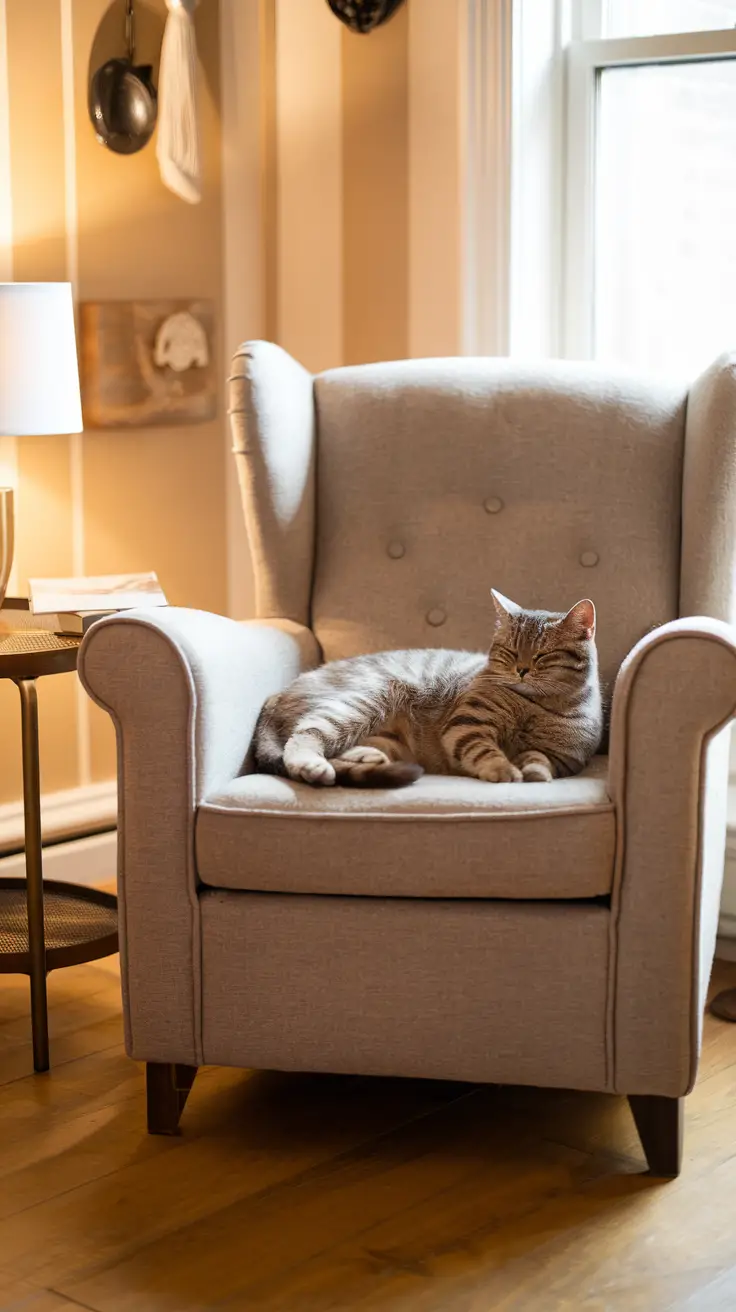
These cats stand out with their charm and distinct looks. Their gentle nature makes them a favorite for many homes.
Personality traits: affectionate, calm, and loyal
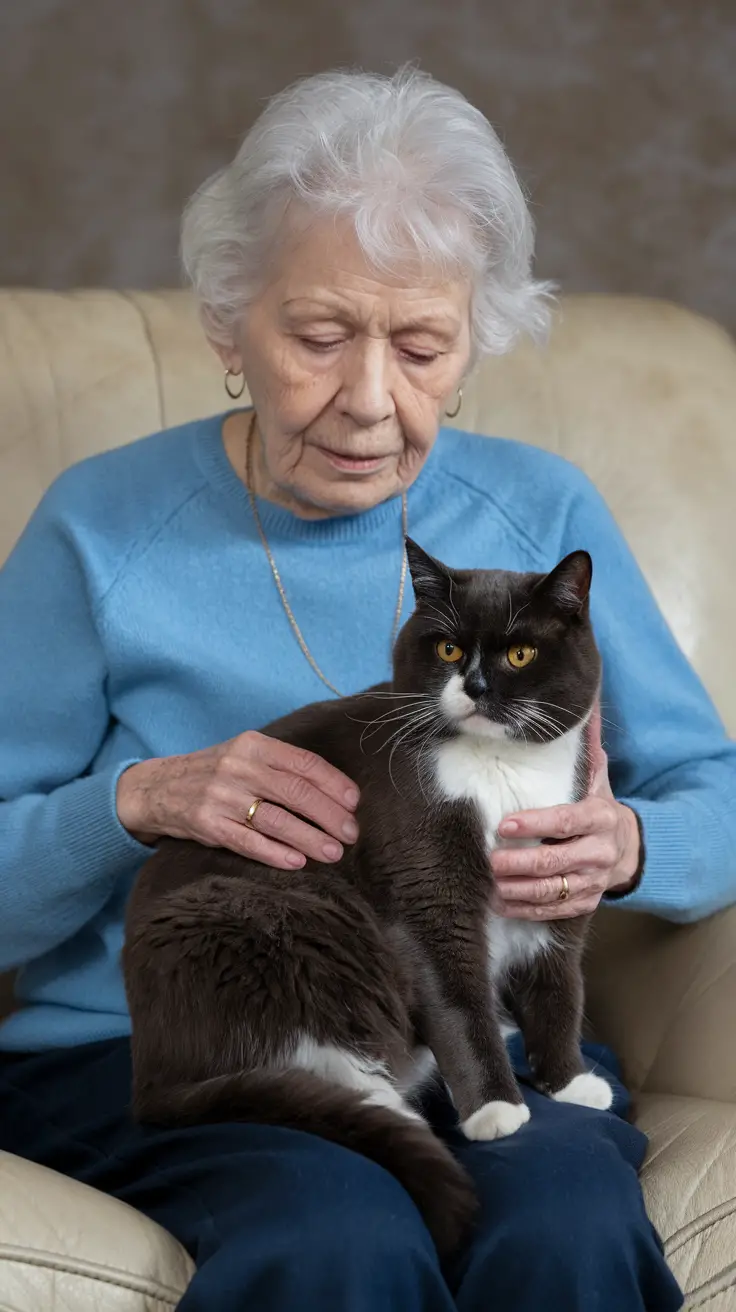
Tabby British Shorthairs are like warm, fluffy companions. They’re affectionate without being clingy, which makes them perfect for someone who values a bond but enjoys space too.
I’ve noticed they form strong connections with one person or family while staying calm around guests and activities. Even with kids running around or another pet nearby, they keep their cool.
Their loyalty shines through small actions. Once, my tabby followed me from room to room just to be close but never got underfoot. It’s in their nature to stick by your side quietly rather than demand constant attention.
With medium vocalness, they’ll softly “talk” when necessary, mostly during feeding time! Nothing feels better than coming home to their gentle love after a long day.
Physical traits: stocky build, round face, thick coat

This breed stands out with its strong, stocky build. The body feels solid and muscular, yet graceful. Males are bigger than females, often weighing up to 17 pounds. Their height usually ranges between 12-14 inches.
The round face is their signature feature, framed by a dense plush coat that’s soft to the touch. That thick coat works like insulation, keeping them cozy in cooler weather. You might spot colors like silver tabby or brown tabby on their fur, which adds extra charm to their looks!
Common colors and patterns: classic, mackerel, spotted, and ticked tabby

Their thick coat comes in stunning patterns. The classic tabby shows circular swirls, looking like a marble cake. A mackerel tabby has thin stripes running down its sides, much like fishbones.
Spotted tabbies have small dots scattered over their body, giving them a wildcat vibe. Ticked tabbies stand out with no visible spots or stripes—only tiny flecks of color spread evenly across their fur.
Tabby British Shorthairs can wear one of 10 accepted colors. Brown and silver are popular choices, but shades like blue and red also steal the show. I’ve seen blue British Shorthairs with copper eyes; they look almost royal! Some even sport soft lavender tones that make them truly unforgettable pets to behold every day at home.
History and Origin of the Tabby British Shorthair

The Tabby British Shorthair has deep roots, tracing back to farm cats in Britain. Their charm captured attention at early cat shows, leading to their rise as a cherished breed.
Early records of the breed

Romans brought these cats to Britain in the 1st century AD. They used them for pest control, as they were excellent hunters. Over time, these felines adapted to their new home and became housecats.
In 1871, British Shorthairs made a big splash at London’s Crystal Palace cat show. Harrison Weir showcased these cats, especially the “British Blue” variety, which became wildly popular.
This marked one of their first steps toward formal recognition as a breed.
How they gained popularity
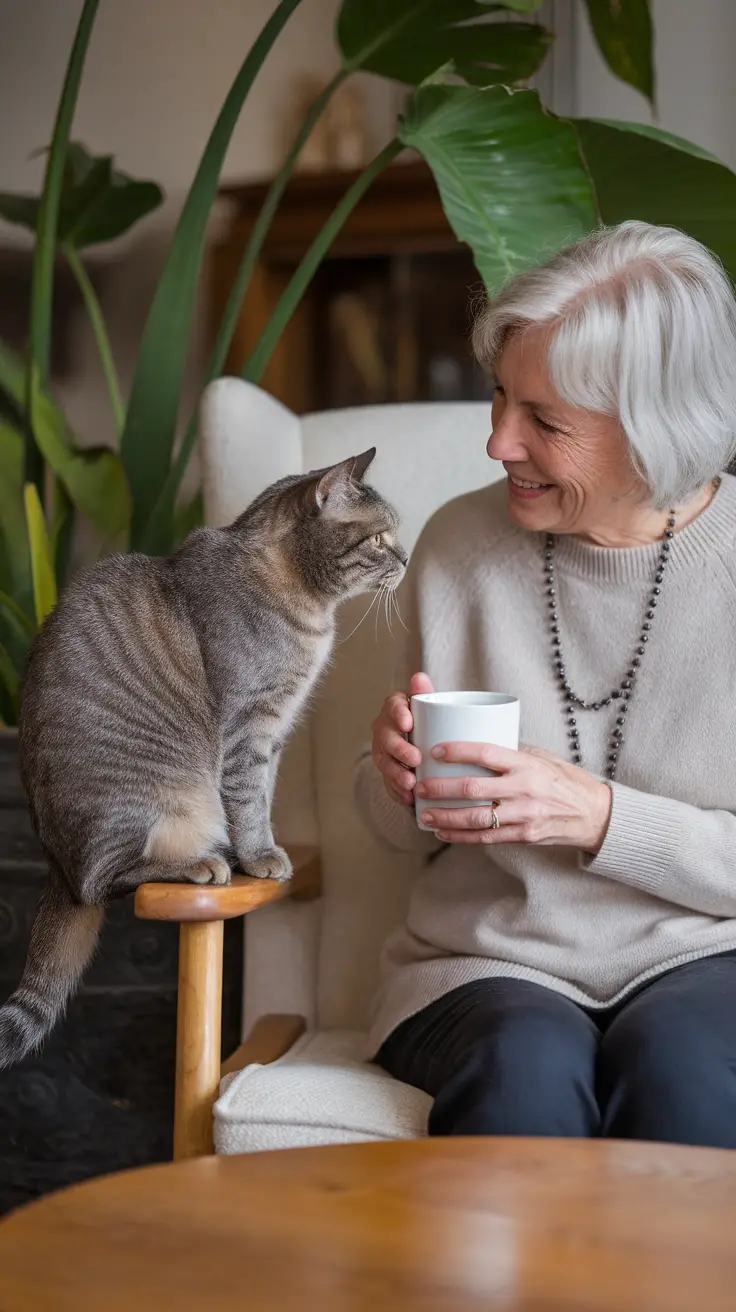
They charmed their way into homes during the 1980s. Cat Fanciers’ Association (CFA) competitions gave them a big spotlight in the U.S. I heard stories of cat lovers being smitten by their round faces and plush coats at these events.
By 2013, they became the most popular pedigreed breed in the UK, according to GCCF records. Even now, British Shorthair cats rank as the 6th most popular breed in America as of 2023.
Their calm nature and cuddly looks made them irresistible to many families worldwide.
Formal recognition of the breed
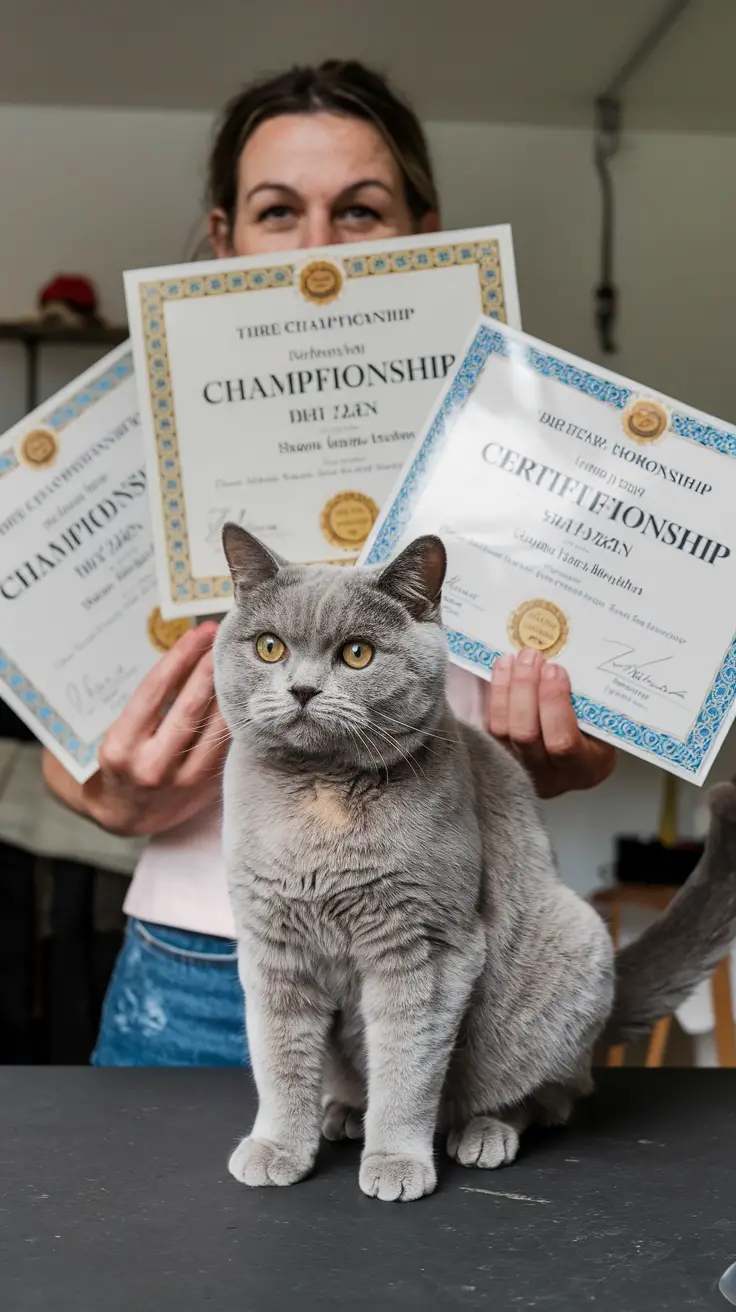
The Tabby British Shorthair earned formal recognition fairly recently. The Governing Council of the Cat Fancy (GCCF) recognized this breed in 1971, giving it a spot among top cat breeds.
TICA followed by awarding championship status in 1979, solidifying its place in competitive circles. In 1980, the Cat Fanciers’ Association (CFA) also acknowledged this stunning breed officially.
Each organization’s acceptance added to its fame and credibility. These milestones weren’t just dates; they marked years of selective breeding efforts aimed at creating cats with dense coats, round faces, and charming personalities.
This recognition paved the way for their rise as a household favorite worldwide!
Unique Facts About Tabby British Shorthairs

Tabby British Shorthairs have quirks and charms that make them stand out, so stick around to discover what makes this breed truly special!
There is more than one type of tabby pattern

I’ve seen tabby cats show off five distinct patterns, each unique in its charm. The “classic tabby” has bold, swirling stripes that look like a marble cake. The “mackerel tabby” sports thin, vertical lines—like the ribs on a fish skeleton.
Some have dark spots scattered across their coat; these are called “spotted tabbies.” Others wear a fine salt-and-pepper pattern over their fur, known as “ticked tabbies.” There’s also the patched variety, often blending two tones beautifully.
Their colors range from brown to silver and even blue! I once noticed a red tabby with bright orange swirls—a real eye-catcher. Each pattern feels like art painted right into their plush coats.
These details make every British Shorthair extra special!
They can have a range of eye colors

Tabby British Shorthairs can surprise you with their eye colors. I’ve seen them range from deep gold to striking copper eyes, which shine like tiny suns. Some have blue eyes that remind me of a clear summer sky.
Green eyes are also common and add a sharp, lively look.
Orange tabbies often match their fur with warm-toned eyes. Others might show off two-tone hues that catch the light beautifully. These round eyes stand out against their dense coat and classic tabby patterns.
Their gaze feels full of personality, almost like they’re studying you back!
Moving on to how this breed’s history shaped its charm…
A tabby British Shorthair may have inspired the Cheshire Cat
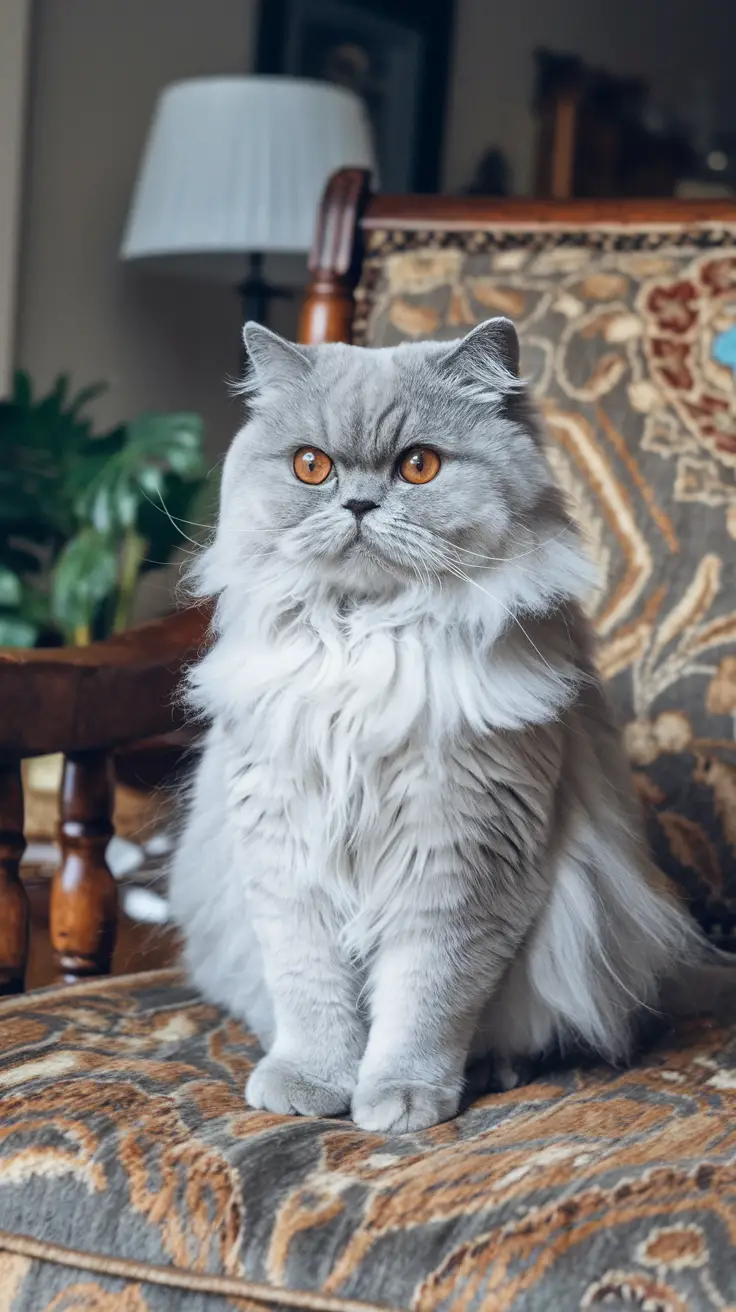
The Cheshire Cat from *Alice in Wonderland* might have been modeled after a tabby British Shorthair. Its stocky build, round face, and plush coat seem like the perfect match for Lewis Carroll’s grinning feline.
The breed's calm demeanor also fits the mysterious charm of that mischievous character.
I always imagine those copper eyes shining just like the cat in the story. Many historians suggest that British Shorthairs were common in 19th-century England, making it likely Carroll drew inspiration from one he encountered.
That trademark smirk? It mirrors their friendly yet slightly aloof expression!
They are known for their clumsy yet lovable demeanor
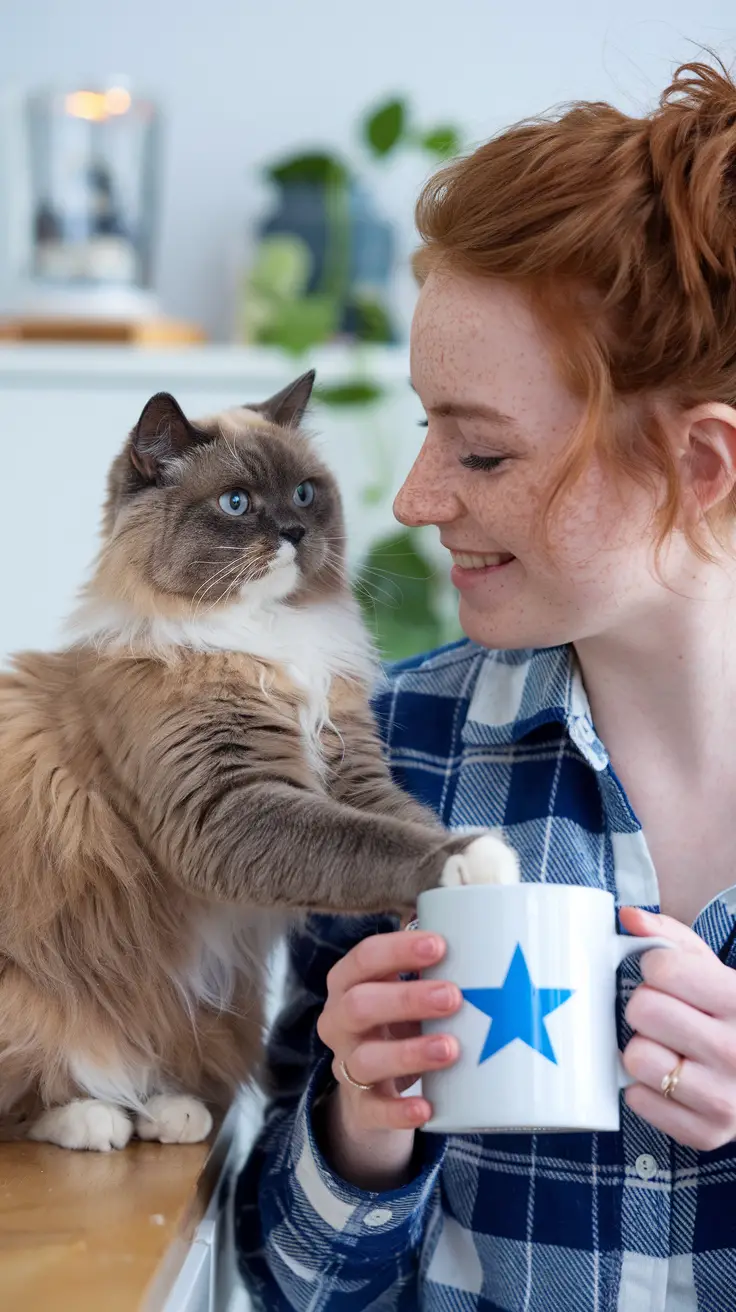
Their charm doesn’t stop at their plush coat or copper eyes. These tabby British Shorthairs are like teddy bears with paws, often tripping or tumbling in the cutest ways. I’ve seen one try to leap onto a windowsill and miss entirely, landing on its back with an audible “thump.” Instead of sulking, it simply rolled over and purred as if nothing happened.
This playful clumsiness only makes them more endearing. They’ll chase a feather toy but skid into furniture while doing it. One minute they’re regal; the next, they’re toppling off a couch arm.
It’s impossible not to laugh or adore these mishaps because their calm personality always shines through right after—they never seem fazed!
Tabby British Shorthairs as Pets

Tabby British Shorthairs can steal your heart with their calm and loyal nature. They thrive in homes filled with love, making every moment special.
Compatibility with families and children
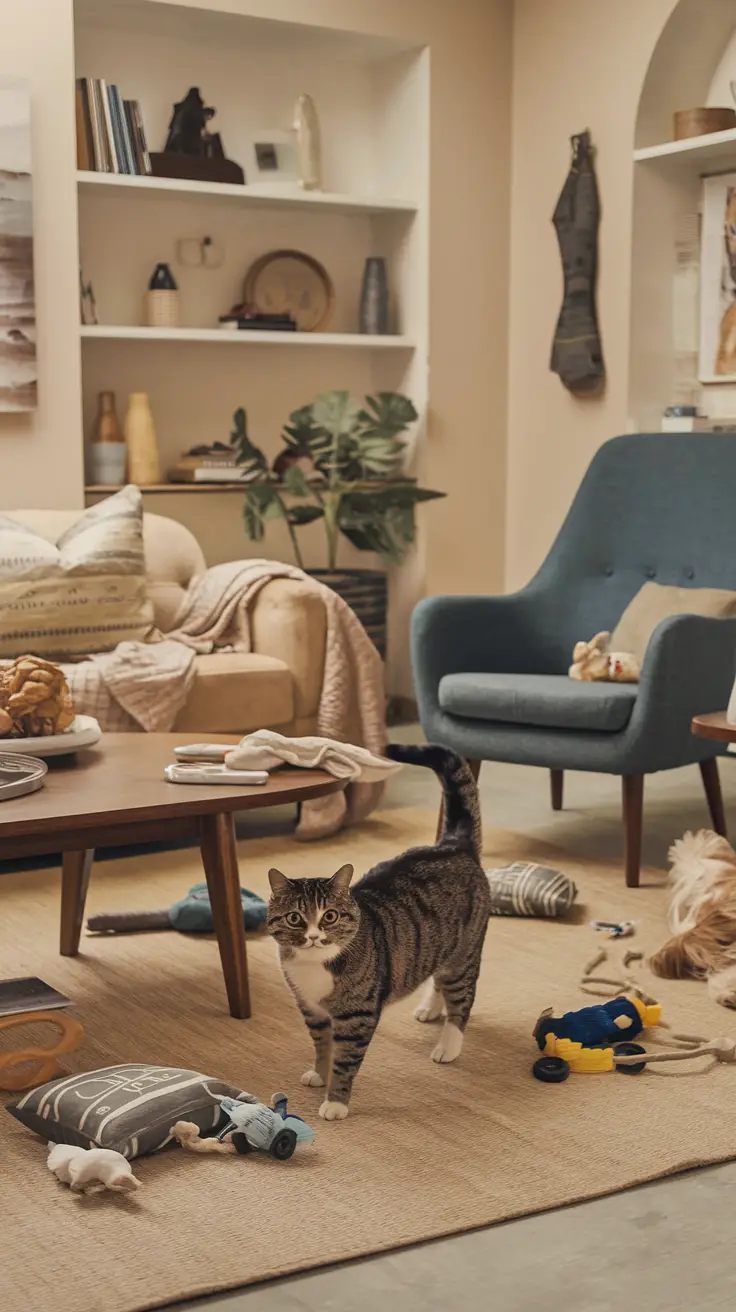
I’ve seen how these British Shorthairs thrive in families. They are gentle and calm, making them perfect for kids. Their patient nature means they tolerate small hands and noisy surroundings better than some breeds.
I love their playful side—it’s not too wild but enough to keep kids entertained.
They also get along with other pets, which makes life smoother at home. Whether you have a dog or another cat, they adjust well without fuss. Their loyalty shines as they bond deeply with the household.
It feels like having both a friend and a furry family member in one!
Adaptability to indoor living

Tabby British Shorthairs thrive indoors. They have a medium activity level, so they don't need constant exercise or vast spaces. Their calm and easygoing nature makes them perfect house cats.
I often find them lounging in cozy spots or following me around with their soft paws.
Their plush coat adds to their charm but doesn’t require too much maintenance. They adjust well to quiet homes or lively households with kids. Even in smaller apartments, they stay happy as long as there’s space for a scratching post and some sunlight for naps!
Bonding with one person or household
I’ve noticed this breed often forms a special connection with one person. They show loyalty in quiet, sweet ways, like following you around or resting nearby. Though friendly to others, their true affection shines for their chosen human.
In my home, I see how adaptable they are to a single household. They thrive on routines and calm spaces. Whether it’s enjoying family time or curling up solo with me, they balance independence and love perfectly.
Their gentle nature makes every moment feel special.
Health and Care Tips

Caring for a Tabby British Shorthair means staying alert to their health, feeding them right, and keeping their plush coat tidy—discover the best tips ahead!
Common health issues to watch for
Cats like the Tabby British Shorthair are generally healthy. Still, they can face a few health problems that need attention.
- Hypertrophic Cardiomyopathy (HCM): This heart issue thickens heart walls. It affects about 20.4% of male British Shorthairs and 2.1% of females, based on a Danish study.
- Polycystic Kidney Disease (PKD): This condition causes fluid-filled cysts in the kidneys over time. It can lead to kidney failure if not checked early.
- Diabetes Mellitus: Tabby British Shorthairs have a lower risk of diabetes than other breeds (0.24% versus 0.58%). Still, I always watch for signs like increased thirst or weight loss in my cat.
- Obesity: With their calm nature, these cats may gain weight easily without regular playtime or proper feeding.
- Dental Issues: Tartar build-up and gum disease are common in cats if dental care is ignored.
- Respiratory Problems: Their short nose structure might cause breathing trouble sometimes, especially during extreme weather changes.
- Skin Allergies: Their plush coat can make them prone to itching or irritation from allergens like dust or mites.
Each cat is different, so regular vet visits help catch problems early!
Diet and nutrition recommendations
A healthy diet keeps a Tabby British Shorthair happy and active. These cats are prone to obesity, so balanced meals and portion control are vital.
- Feed high-quality cat food with real meat as the first ingredient. Protein is key for their muscle and energy needs.
- Avoid fillers like corn or wheat, which can lead to weight gain or allergies. Look for grain-free options if possible.
- Serve controlled portions based on their age, size, and activity level. Overfeeding leads to unhealthy weight gain fast!
- Provide wet food along with dry kibble to ensure hydration and a varied diet. Their thick coat benefits from the extra moisture too!
- Offer treats sparingly—no more than 10% of daily calories should come from them. Opt for low-calorie options instead of human food snacks.
- Fresh water must always be available in clean bowls throughout your home to keep them hydrated.
- Incorporate playful activities like using laser toys or feather wands before meals—they burn calories and make feeding time rewarding afterward.
- If unsure about dietary needs, consult a vet (DVM) to create a meal plan specific to their health conditions or lifestyle.
Keep monitoring their weight regularly to maintain good health!
Grooming needs for their thick coat
Tabby British Shorthairs have a dense and plush coat that feels amazing to touch. Their fur doesn’t need too much upkeep, but regular care keeps it healthy.
- Brush their coat once a week using a soft-bristle brush or grooming mitt. This helps remove loose hair and prevents shedding around your home.
- Keep an eye on the undercoat. It can trap dirt or dead hair, so extra attention during seasonal shedding is helpful.
- Use a slicker brush during spring or fall when their thick coat sheds more than usual. This stops mats from forming in hard-to-reach spots like behind the ears.
- Wipe down their coat with a damp cloth if they get dusty or dirty outdoors. They’re not self-cleaning like some cats, especially if they have lighter tabby patterns like silver tabby types.
- Check for dandruff or dry skin while brushing them weekly—it’s rare but can happen in dry climates or winter months.
- Bathe them only if necessary and use shampoos made for cats with short, dense coats to avoid skin irritation.
- Clean their round eyes gently with a soft, damp cloth if you see tear stains—this can happen occasionally due to dust buildup.
- Trim their nails monthly to prevent scratching during grooming sessions; shorter nails are safer for both of us as owners and pets.
Proper grooming keeps my British Shorthair looking fabulous and feeling comfortable!
Where to Find a Tabby British Shorthair

Finding a Tabby British Shorthair can feel like a treasure hunt, but it’s worth the effort. Start by exploring trusted sources or considering adoption to bring one home.
Reputable breeders
Finding a reputable breeder is key if you want a healthy Tabby British Shorthair. I always recommend choosing wisely to avoid future issues.
- Ask for certifications. A good breeder will often have approval from groups like The International Cat Association or the Governing Council of the Cat Fancy (GCCF). These prove they meet high standards.
- Visit the environment. Clean, safe spaces show that breeders care about their cats’ health and well-being. Avoid breeders with overcrowded or dirty setups.
- Check health records. Responsible breeders will share medical records, including vaccinations and screenings for common genetic problems in cats.
- Meet the parents. Seeing the parent cats can give clues about your kitten’s future looks and personality.
- Verify waiting times. Due to demand, British Shorthairs from top breeders may involve waitlists similar to what's noted on Delivery pages online—this shows careful breeding practices, not rushed ones.
- Read reviews or get references. Past buyers can offer a wealth of information about their experience with a specific breeder.
Next, I'll explore adoption options for finding your dream Tabby British Shorthair!
Adoption options
Adopting a Tabby British Shorthair can be exciting. They are popular, so patience is key when searching for one.
- Check local shelters and rescue groups. Many tabby domestic shorthairs end up there, and some may be British Shorthairs or mixes that need loving homes.
- Look into cat breed-specific rescues. Some organizations focus only on British Shorthairs and related breeds like Persians or Russian Blues.
- Contact reputable breeders who follow ethical practices. High demand means many have waiting lists for kittens with classic tabby coats or copper eyes.
- Visit adoption websites like Petfinder or rescue networks online. You might find an adult silver tabby looking for a forever home.
- Ask your veterinarian about any local adoption events or cats needing rehoming in your area.
- Network with other cat lovers at shows, such as those held by the Governing Council of the Cat Fancy (GCCF). Sometimes breeders may have retired show cats available.
Finding the right match takes time, but a loyal, affectionate companion is worth it!
Conclusion

I’ve always adored Tabby British Shorthairs. Their charm is impossible to ignore, from their gentle purrs to their playful quirks. These cats fit right into family life, bringing joy and love.
With the right care, they’ll stay happy and healthy for years. If you ask me, they’re more than pets—they’re family.
This website contains affiliate links. As an Amazon Associate and an affiliate for other programs, I earn from qualifying purchases. Clicking on an affiliate link may result in a commission being paid to me at no additional cost to you.



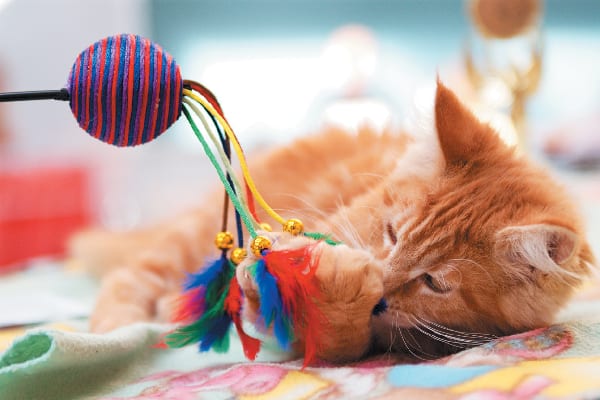


Leave a Reply